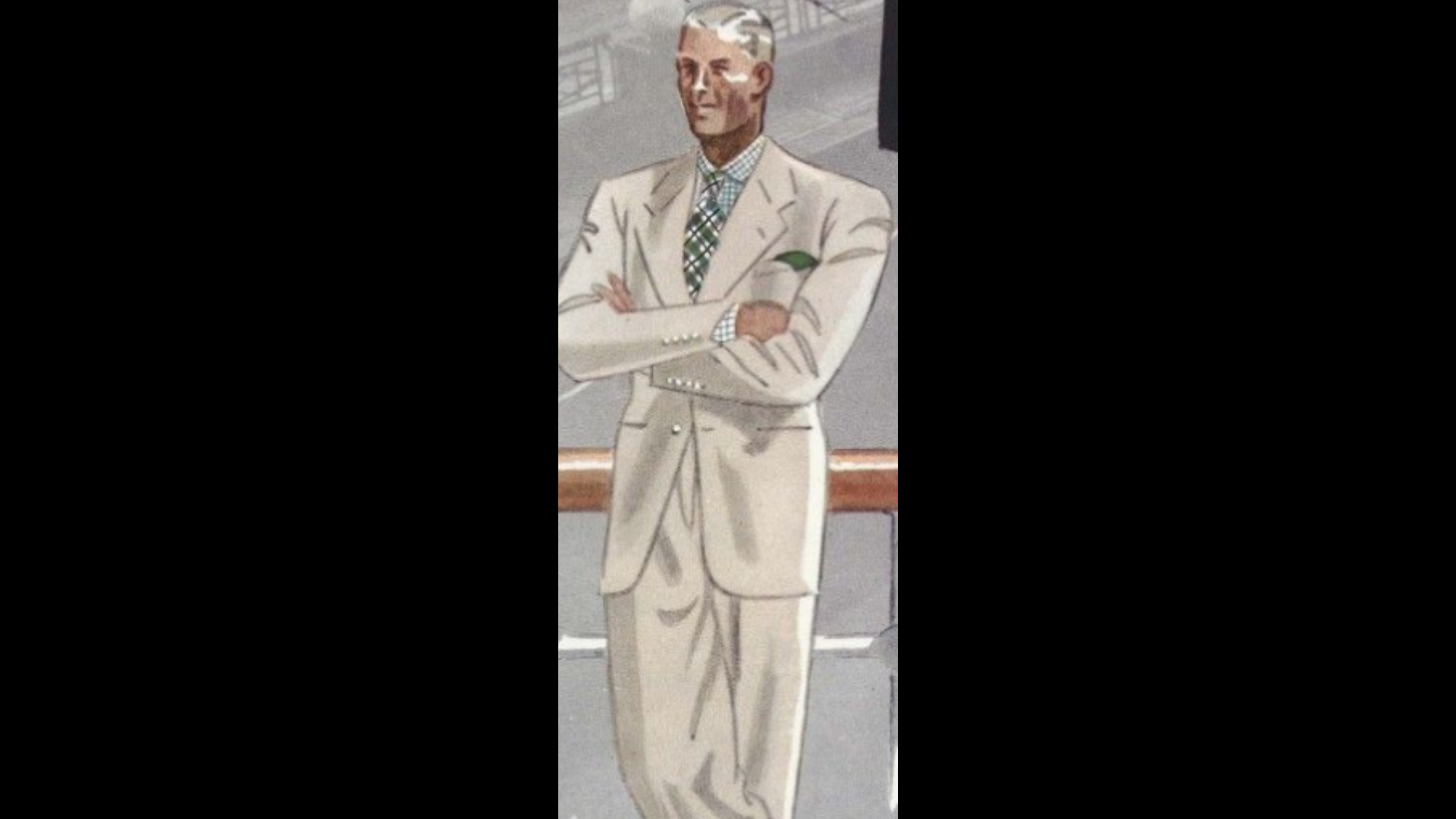The Lady In Big Shoes
Clop, clop went the sound of her high-heeled shoes on the sidewalk of Main Street. With every step, the heels of her feet slipped up and down in the shoes that were about a size-and-a-half too big. She always wore the same style of shoe with a chunky three-inch high heel and rounded toe in black, navy, or red.
She dressed to the nines each day as she walked up and down Main Street in my small hometown in Pennsylvania. Her everyday apparel included a nice flowered dress with a belt, jewelry, a plain pocketbook resembling the Queen of England’s, and those shoes that were too big.
I saw her often on my way home from elementary school and was utterly fascinated by her. I never knew her name, where she lived, or why she wore her shoes so big. Appearing to be in her own little world, she didn’t make eye contact with me as she passed. I don’t think she looked at anyone.
When she wasn’t walking on Main Street, I saw her sitting on a tombstone in the old cemetery behind the firehouse, not far from the school building. There she would sit for hours on end, sometimes until dark, shrouded in an eerie silence and staring off into the distance. Scratching. Always scratching.
She had a serious skin condition. Red, scaly blotches covered her arms, legs, and neck. At times, blood seeped through her silk stockings from open sores. Painful-looking sores showed up prominently on her arms.
She scratched sometimes as she walked and scratched vigorously as she sat in the cemetery. With the severe condition of her arms and legs, it appeared she scratched endlessly.
I thought she was a mysterious, lonely soul who didn’t seem to have anyone in her life to talk to, have lunch with, walk with, or care about. With the daily ritual of dressing up, wearing her high heels, adorning herself with jewelry, and carrying a purse, surely she had a roof over her head. Surely she had a place to call home.
I’ll always wonder which came first—the skin condition or the loss of those who had meant something to her. Was her condition the product of nervous anxieties? I wonder why no one could provide treatment for her chronic condition or if they even tried. Why did she choose to sit in that cemetery alone for hours, even when it was getting dark? Could it be that someone she loved was buried there or just that the cemetery provided a place of refuge from the unbridled stares of onlookers? I wonder if I stared at her.
What I wonder the most is why she never made eye contact and what her own little world was made of. I hope it was a place of peace.
I wish I had had the empathy to stop her one day and just say, “Hello. How are you today?” Oh, that I would have continued to do that until I broke through and she finally responded with a slight smile or returned my greeting or told me to stop bothering her. I wish I wouldn’t have treated her as if she were different because she had a rash and I did not or because she sought solace in the quiet peace of the cemetery.
Even though she didn’t look me in the eyes, I stole glances at hers. I couldn’t recognize it then, but the hollow look in her distant eyes was a cry for help. Sadly, her cries went unnoticed by me and many others.
The lady in big shoes was a sacred soul worthy of being honored and loved. Why do we judge and allow our own souls to be narrowed? We could just love and, in so doing, honor the sacredness and beauty in each soul we encounter. Skin condition, skin color, or thick or thin skinned, all souls are sacred.





What People Are Saying
What a beautiful letter to your younger self. I too wish that we as humans would overcome our egos and let love flow through us. It takes a lot to see people as worthy of being honored and loved. I think that in order for people to accept the imperfections of others without pity or looking down on others, we have to first accept the imperfections in our own lifes – and for many that is a scary place. I often ask God to help me see people they way He sees them, as worthy of sacrifice and everlasting love. While I’m not always successful at living out this in my every day life, it has helped me be more compassionate, empathetic, and loving of others. Let us all be that child that sees the simple beauty in others and shares our love freely.